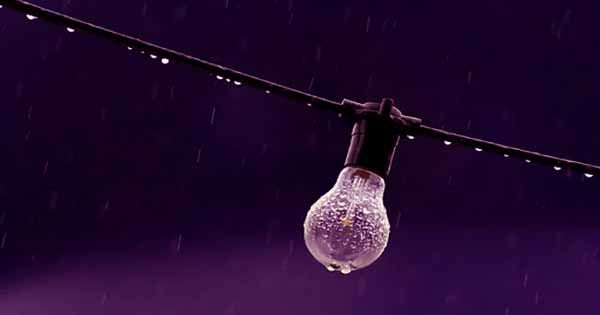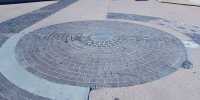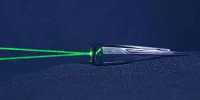The kinetic energy of fallen water has been converted to electricity since the 1870s. The current hydroelectric system depends on the fact that it rains at high altitudes and gathers in the river together to reach a sufficient number of people to acquire turbine collection skills. Instead of using the power of falling drops, new technology is making it usable wherever it rains.
Professor Wang Zuankai of the City University of Hong Kong said in a statement, “The kinetic energy submerged in the falling water is due to gravity and can be considered free and renewable.” It should be better utilized.
There have been attempts to do something similar in the past, including attempts to collect chemical energy from substances dissolved in precipitation. All have become so inefficient that they were only suitable as toys or curiosity, not a source of useful energy.
Wang’s version may not be ready to apply power to any city, but it is in the right ballpark for practical use, even though its predecessors are 100 times the power density. An indium tin oxide water droplet on a polytetrafluoroethylene film above the substrate demonstrates the potential of their generators, Wang and co-authors announced their success in Nature. As each drop of water dissipates, it attaches to the aluminum electrodes, allowing the charge created in the film to flow as electricity.
It provides enough power to light 100 commercial LEDs as each drop generator hits. Novel forms of renewable energy often produce small voltages. Wang, however, claimed: “Our research has shown that 100 microlitres (1 microlitre = one million liters) released from a height of 15 centimeters (inches) can produce a voltage of 140V.”
Using tap water, Wang achieved high electricity densities per square meter (4.7 W / ft 2), although rainwater was slightly lower. This is less than a third of a typical photovoltaic panel on a sunny day but several hundred or more times more than other raindrop cutting devices. Perhaps not a competitor or complement to solar panels in Los Angeles, but London could be a different matter.
Moreover, the best can still come. The authors calculate that they are converting 2.2 percent of the kinetic energy of each drop into electricity, so there is plenty of room for improvement. Wang envisioned an umbrella coated with suitable films so you could at least charge your phone if you get caught in the rain. Although obstacles remain a system working with drops of the same size falling from a continuous height may not work in different conditions. More seriously still, the authors acknowledge that the erosion of the surface charge can reduce the efficiency of the generator over time.















